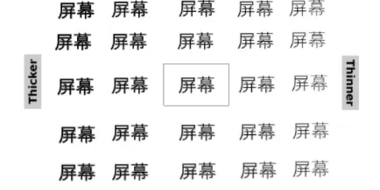Elevate your Brand: 4 Simple Design Strategies with Proven Results.
Design choices might seem superficial — but clear, engaging brand systems deliver significant impact for small businesses. A strong visual identity can give you an advantage by telling a clear story about your products or services and convincing customers to convert. Ultimately, effective design delivered consistently across key touchpoints can help you:
5 common font management issues Monotype Fonts will help you fix.
Let’s look at some common font issues you might have already come across, and how Monotype Fonts can help you resolve them.
5 tips for facing a challenging font licensing gap.
There’s something empowering about being a problem-solver. In the case of fonts, that often means being the one to resolve font license gaps. Everyone at your organization uses fonts, after all, and you have the chance to say, “I got this. I’ll make sure our creatives have the right tools so they can design with confidence.”
Evolving with the types: When to update your font solution.
Usually, if it ain’t broken, don’t fix it. But when it comes to vessels carrying precious cargo, be they vehicles, bodies or fonts, maintenance checks are imperative for avoiding a crash. We usually get a clear signal when something isn’t right. With a car, you might have a “check engine” light, while aches and pains tell us when something’s not right with our bodies, but with fonts, its not always obvious when something’s wrong. Unless you know where to look, that is…
Font licensing & management terms and definitions.
From servers to desktop, this licensing lexicon covers terminology related to font licensing. While these definitions are applicable to licensing fonts in general, all examples given are related to Monotype font licenses specifically. Always refer to the relevant EULA to understand more accurate definitions for a software license.
Font licensing principles unpacked.
What is the difference between a typeface, a font, a font file, a font license, and a EULA? Does a font license cover one or multiple fonts? What informs a font license strategy? What’s the easiest way to resolve a font license gap—before or after it arises? From fundamental principles to pre-purchase considerations, this guide aims to help you confidently speak the language of fonts.
Monotype Fonts: 5 Features that make font management a breeze.
Have you just had a font problem fall into your lap, and you’re looking at how to solve it? It’s confusing, we get it. Whether it’s administering font licenses, issues with file storage, or redundant back and forth to grant user access… With so many opportunities for something to go wrong, unclear font management can cause some serious headaches. Bet you wish you had a personal assistant to help keep track of it all.
Here’s how Monotype Fonts can be that assistant – by consolidating all those tedious admin tasks into one simple, user-friendly hub that every font user at your organization can navigate with ease. Let’s go over 5 key font management features that set Monotype Fonts apart:
Monotype Fonts: Our font library structure explained.
You’ve heard about our font library; you may even have tested it out – but you’re still unsure whether it’s right for you and your team? We get it. Any choice should be informed especially when it comes to business, so we thought it might help to delve a little deeper into certain aspects of the platform and look at how they really make the difference for brands like yours.
Monotype Fonts: What it really means for you.
If you’re here, we’re guessing you know you need to do something about your font management, and you also know Monotype can help. But you’re probably wondering where the real value add is, and mainly if it’s worth it. With that in mind, we thought we’d make things easy for you by taking a closer look at what we offer, and what that means for you and your brand.
Monotype and Pantone® Present: The Ingredients for Building a Modern Brand.
Learn about the interplay of type and color and how Monotype & Pantone assets work together to drive modern brand-building.
Generating Trust: Safeguarding Authenticity in Typography
In our modern world, fonts are all around us. In our books, on our phones, and across our roadways, fonts help us navigate the spaces we engage with. Fonts are powerful. They play a pivotal role in visual communication, conveying messages, establishing brand identities, helping make content more accessible, and shaping user experiences across mediums.
Fonts & Accessibility
With more companies focusing on DE&I initiatives, it’s essential to include people with disabilities in those policies. One easily overlooked aspect of this is the accessibility of your digital properties for people with various visual abilities. This article will outline how digital accessibility practices and DEI policies are interconnected, and how fonts contribute to a digital experience that is accessible to all.
Do people really ‘need’ typography? (Hint: Yes, they do).
Type is everywhere all the time, from mundane signage to extraordinary examples of cutting-edge design. In some cases, people might think type doesn’t matter, but our own Charles Nix has a different theory.
Introduction to Font APIs.
Typography is a crucial element in web design, shaping the visual appeal and readability of online content. In the realm of web development, Font APIs have emerged as powerful tools that empower designers and developers to elevate their typography game. In this blog, we’ll delve into the fascinating realm of Font APIs, uncovering their significance, usage, and the impact they have on enhancing the aesthetics and user experience of web applications.
CaseCo: A Case for Variable Fonts.
Variable fonts have been around for a few years now and are very well supported. But how much do we know about all the ways they can benefit a brand and its audience? We’ll take a look at how CaseCo, an admittedly fictitious company, has incorporated them throughout their brand identity and web experience: from brand voice and fidelity, to more expressive typographic choices, to being more accessible to more people across more devices — and even some benefits for website engineering and infrastructure teams. Even if only one or two of these use cases make sense for your work — variable fonts are ready to make a huge impact for your organization.
GPU Text Rendering Techniques Part II.
In part 1, we explored how a GPU can be used to render text in an application to enhance the performance. “Glyph Rendering and Texture Mapping” can be used to pre-render glyphs in a GPU texture and mapping of glyphs in that texture can be used at runtime to show those glyphs at proper position.
The cloud has changed the way companies license fonts. Here’s why you might need to make a change, too.
The way we work, including how we use and share fonts, has changed dramatically in the past couple of decades.
Artificial Intelligence journey at Monotype.
Our lives are becoming increasingly digital, and the part of our digital life that’s grown the most in recent years is e-commerce. Whether ordering something from Amazon or browsing a clothing site for the perfect new shirt, it’s getting easier and easier to find what we’re looking for online. But as it stands, there are still some ways that search and discovery on many fonts-related e-commerce sites can be improved — such as by using machine learning to help inform their results.
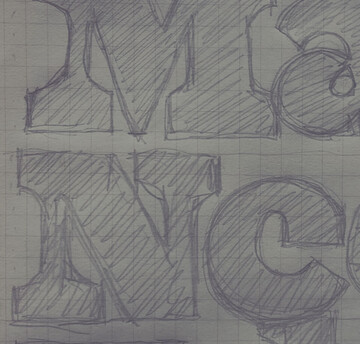
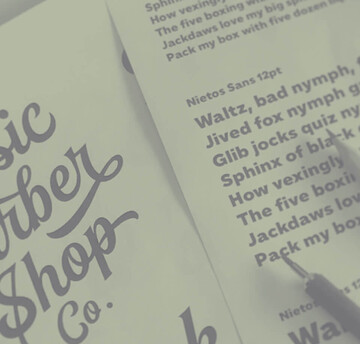
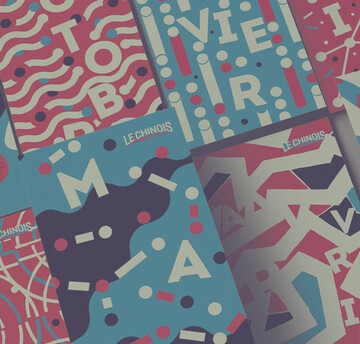
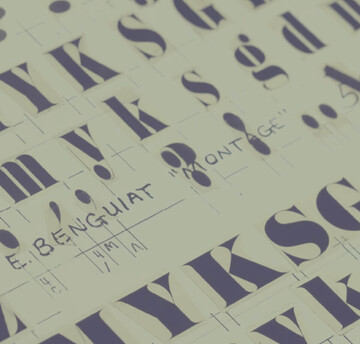
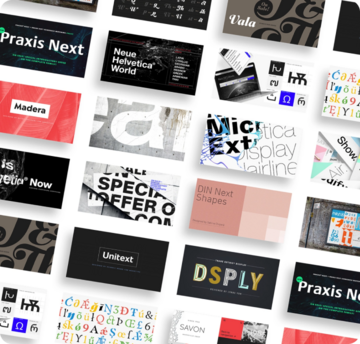
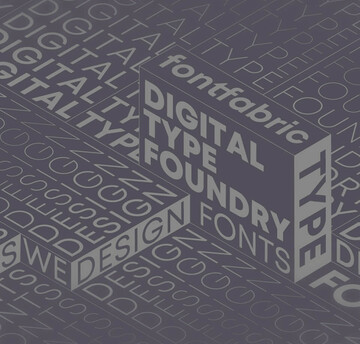
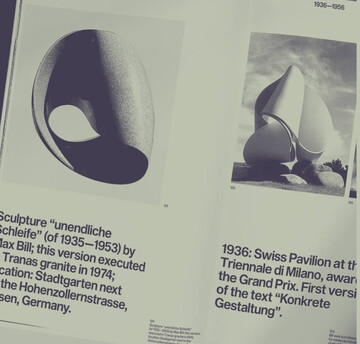
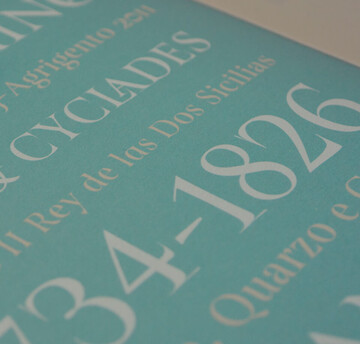
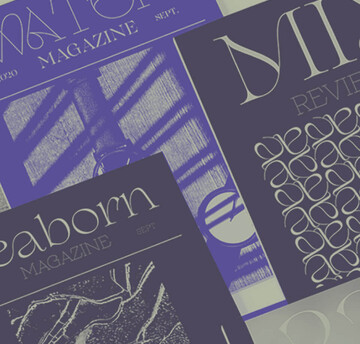

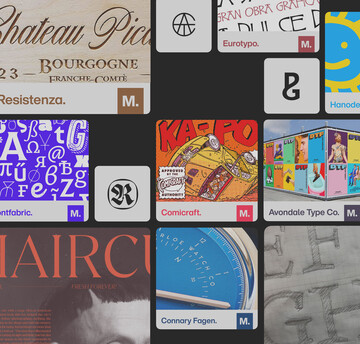

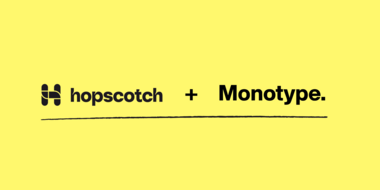



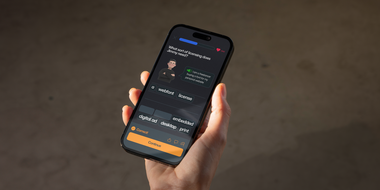



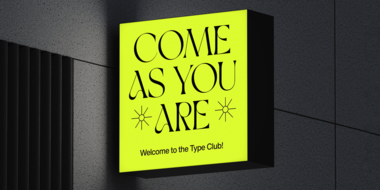

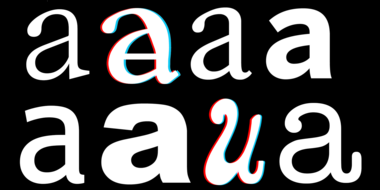

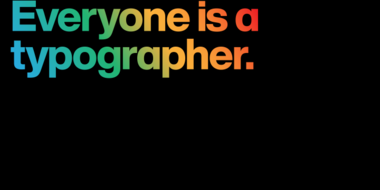

_43_51.jpg?itok=GPKXK_l8)
